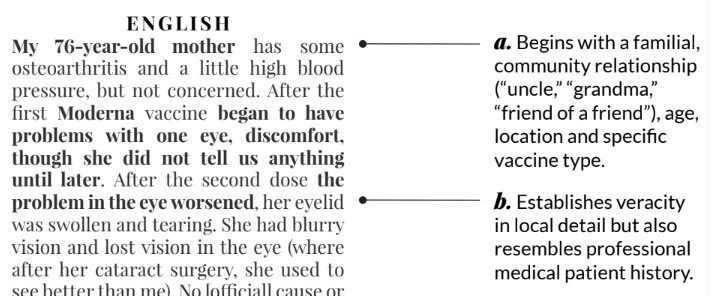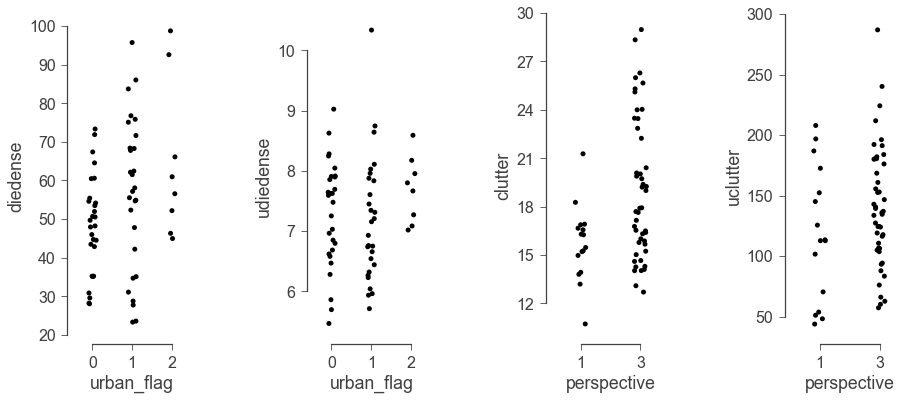CUØ /'kjuːnɪl/

Some stories are written. Others emerge synthetically, in collectives. CUØ draws on expertise in literary theory, sociology of knowledge, linguistics, and computation to study how stories shape our personal and shared beliefs.6
influence

dis-information

modeling-and-visualization

collective-thought
